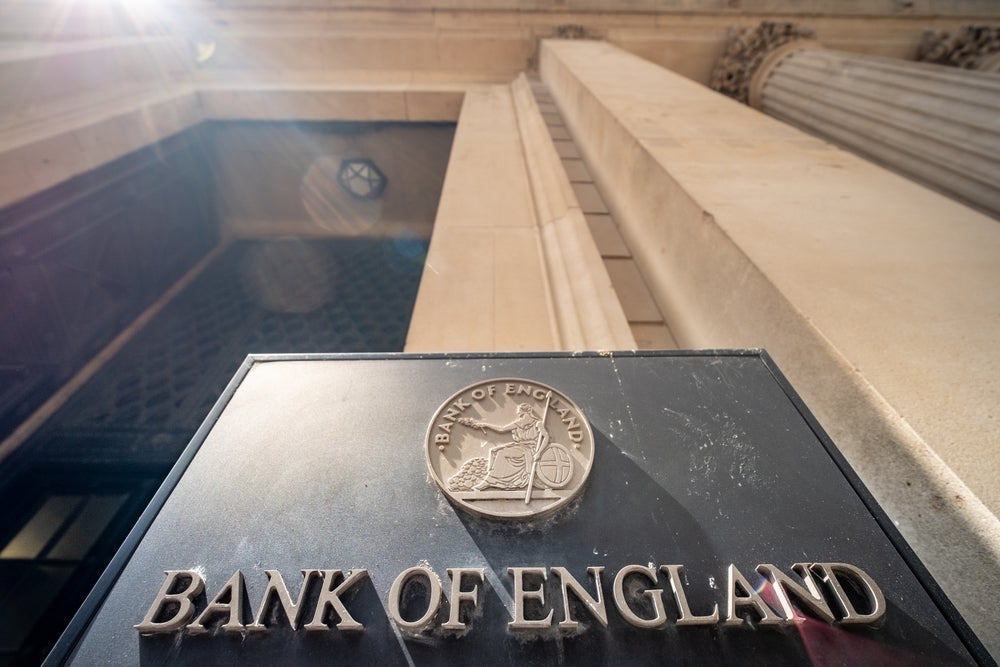James Mendelssohn, Director, Global Alliance Advisory Services explores the considerations and the shape networks and associations may take when the industry will return to a ‘new normal,’ in a near post-virus world
The last few weeks have seen seismic shifts in just about everything. In the network world, almost without exception, staff is working at home, meetings have been cancelled, and the focus of the work has changed dramatically. It’s now all about working with member firms, understanding what support they need from their international networks, and reacting appropriately both to enable firms to retain their clients – and also to ensure that networks retain their member firms at a time when cash preservation is critical.
Business models have changed overnight – but the anecdotal feedback is very mixed. The accounting profession is rightly taking the lead as the most trusted adviser to many businesses. For many networks, remote working systems are operating smoothly; productivity is high; and, most importantly, member firms appreciate the support that they are receiving.
For others, though, the feedback is less positive. There are concerns over delayed or suspended membership dues; cancelled meetings; lost deposits; and how best to manage staff costs if some member firms leave, none are recruited and the cash flow position deteriorates rapidly.
Member firms are very busy. Often guided by advice from their networks, and fellow members within their networks through various online forums, firms are taking a proactive approach, advising their clients how to react to the current situation; how to take advantage of Government support; how to survive. But there is a nervousness too. Yes, member firms are keeping going, but the question will be whether they are able to translate their work into billable and collectible hours?
With all this turmoil, the risk is that networks, their member firms, and the clients of member firms, are being forced to focus on the issues of today, at the expense of considering what all this means for the future. Of course, disaster recovery plans encourage businesses to deal first with the immediate problem and then manage the ongoing situation before planning for the future. The risk, though, is that this final phase of disaster recovery, this planning for the future, will never see the light of day.
How well do you really know your competitors?
Access the most comprehensive Company Profiles on the market, powered by GlobalData. Save hours of research. Gain competitive edge.

Thank you!
Your download email will arrive shortly
Not ready to buy yet? Download a free sample
We are confident about the unique quality of our Company Profiles. However, we want you to make the most beneficial decision for your business, so we offer a free sample that you can download by submitting the below form
By GlobalDataDiscussions today focus on when life will return to normal, rather than what that new normal will be – or indeed how it should be managed. The need to address the future rather than focus exclusively on the urgent has never been greater.
In the network world, for example, the cost benefit analysis of face-to-face meetings (conferences, board meetings, member firm visits) as compared to virtual meetings has been discussed ever since rudimentary video conferencing technology became available. Today, that technology is universal, excellent and often free. And the topic is bound to come under the microscope again, partly because the current situation will soon provide some specific evidence in terms of how networks perform when operating virtually, but also as firms and individual partners increasingly begin to question their carbon footprint.
Looking, for example, at conferences and meetings, if firms review the costs of attending an event – delegate fees, travel, hotels and the loss of chargeable time – those costs can easily amount to $25,000 per partner. That is a good investment for certain (often larger) firms, but others may begin to question the value of such an investment.
The concept of the virtual network will need to be revisited. There are significant cost savings to be made, not only in the area of meetings and conferences, but also in the way in which networks themselves are managed. One study has shown that the total costs to a firm of being a member of a totally virtual mid-tier network – dues plus conference costs – could be as low as 25% of the cost of being part of a more traditional network model. But what about the benefits? The lack of face-to-face meetings will come at a cost. There is no doubt about that. But will the reduction in the benefits for that member firm be as much as 75%?
In the post virus world, business models for networks and associations will change. On the meetings front, it is not a binary decision of virtual or not. Inevitably, most groups will move towards a hybrid solution. One former board member of a leading association told me recently: “We will need to keep our AGM as a face-to-face meeting, and we will encourage – or possibly require – our members to attend that each year. But to get them to do so and, more importantly, to demonstrate that we are entirely member-firm focused, cost-effective and moving with the times, we are looking at replacing at least some of our regional and local meetings with virtual ones. We will need to achieve the right balance moving forward”.
Another area that networks will be looking at is the nature of relationships between networks and member firms, and indeed between the member firms themselves. Personal relationships are important in the network world, but the new normal might force networks to think through the nature of those relationships.
There may well be an accelerating trend for the primary contact for networks within member to focus on a single person – probably an administratively well-supported Managing Partner or recognized Rainmaker – who can become an information hub within their own firm, as well as a primary contact point, so that the network and other member firms know the person they are dealing with very well, and that person will make sure that within their own firm any enquiry is dealt with efficiently and appropriately. And, in some cases, that person may not be a fee earner. It could be a senior and respected administrator or BD person.
If there is to be an evolving ‘modus operandi’, then networks will need to look at their structures and staffing models. The debate between managing at a global or regional level will need to be revisited; and with evolving tasks being required of the network itself, staff training – or different staff – will have to be considered.
All groups will, no doubt, take their own approach. Nothing will be right or wrong, because there is no panacea. What is perfectly clear, though, is that now is the time for all networks and associations to be looking critically at what they have done in the past; the lessons that they are learning as they operate in crisis mode; and what they should be doing differently when life begins to return to the new normal.
Those that fail to do so – and focus exclusively on the urgent rather than the important – may not survive to fight another day.





